NextDows
NextDows is not a Windows simulator on the Next. NextDows is intended to be an operating system that will change, for the better, the way we operate the ZX Spectrum Next.
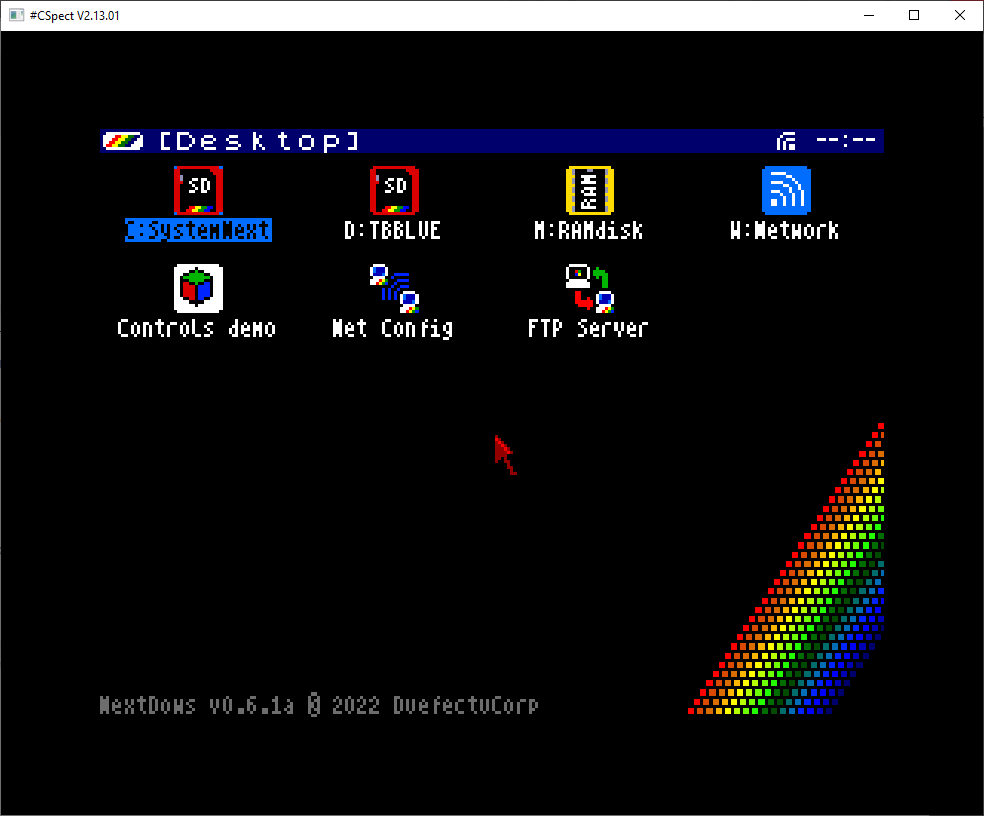
NextDows
What is NextDows?
NextDows is not a Windows simulator on the Next. NextDows is intended to be an operating system that will change, for the better, the way we operate the ZX Spectrum Next.
The NextDows design guidelines are as follows:
- Easy to install
- Easy to opérate
- Deliver complex functionality in the simplest possible way.
- Modular design and open to extensions
- Do not close to migration to other platforms
Easy to install
It must be installed on the system in the simplest possible way. For this purpose, an installer will be provided that will run on PC/Linux/Mac, and that will allow NextDows to be installed on an existing SD card or a new one.
Ease of use
The first alpha versions work with PS/2 mouse and Kempston Mouse protocol, and more mouse drivers will be added on demand. In addition, the option to operate NextDows with Joystick or keyboard will be added. The keyboard will be able to function as a mouse emulation or as a browser between elements.
The windowing system will be adapted to familiar systems, which reduces the learning curve.
The installation of programs will be extremely simple and will leave no rubbish in the system when uninstalled.
Offer complex functionalities in the simplest possible way.
Setting up WiFi or the RTC clock on the ZX Spectrum Next is not easy for everyone. A graphical interface that allows you to configure WiFi or set the clock would be a big step forward.
Another stumbling block is that there is no “natural” way to copy data between the PC/Linux/Max and the ZX Spectrum Next. NextDows will incorporate virtual drives mapped to your PC/Linux/Mac drives, allowing you to copy and paste, just like Windows.
It can also be used as a Launcher for classical applications, and will be able to sort our programs in folders in a quick, simple and visual way. It allows you to view files in alphabetical order, hide non-executable files or generate shortcuts.
Modular design and open to extensions
The architecture is based on a main CORE, a series of drivers for the main interactions (local network, video, mouse, disk…) and a new form design system, called ZXForms, which unifies the visual format of the applications that are embedded in windows.
The applications are files with the extension .nde (NextDows Executable), which are loaded and launched by the CORE. These files communicate with the drivers in a standardised way, implementing forms in the ZXForms format and receive messages from the CORE. These messages include mouse events, minimise, maximise or restore commands, and may even receive pause or freeze commands, in order to implement switchable multitasking in the future.
The standardised way of accessing drivers, the unified ZXForms format and messaging will allow rapid development of applications, which will only have to focus on design and functionality, as the common NextDows functions are already implemented. We hope that these facilities will attract many developers to produce their games or programs under this standard.
Not closed to migration to other platforms
Although it is not the main objective, the design is taking into account the portability to other platforms, starting with the ZX Spectrum +2A and +3, and not ruling out other systems.
In the following articles we will be describing the architecture and technical details of the system.
Do you want to test the betas, decide on aspects of design and functionality, and support the project?
You can make a punctual donation or sign up to our Patreon, with it you will get:
- Free and priority access to all ZX Spectrum Next software developed by DuefectuCorp
- Access to betas and technical documentation
- Access to exclusive content
- Participate in decision making

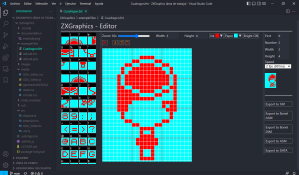
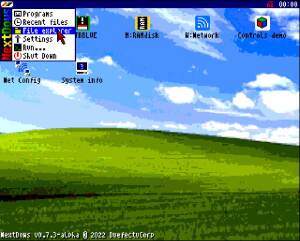
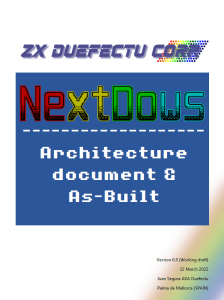
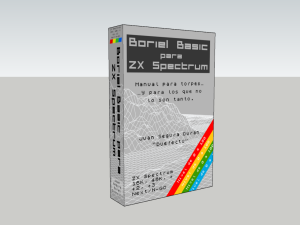
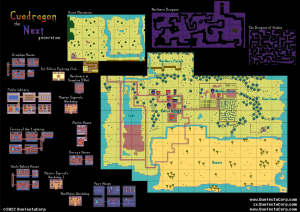
From screenshot it seems that only 256×192 is supported?
Effectively, the screenshot has a resolution of 256×192.
I will explain it in more detail in a future article, but the video system is based on drivers, which means that other resolutions can be implemented, and although I have started with 256×192, 320×256 and maybe 640×256 are planned if the public demands it.
The idea of implementing drivers is not to close a possible implementation on other platforms, like the ULA of the classic Spectrum.